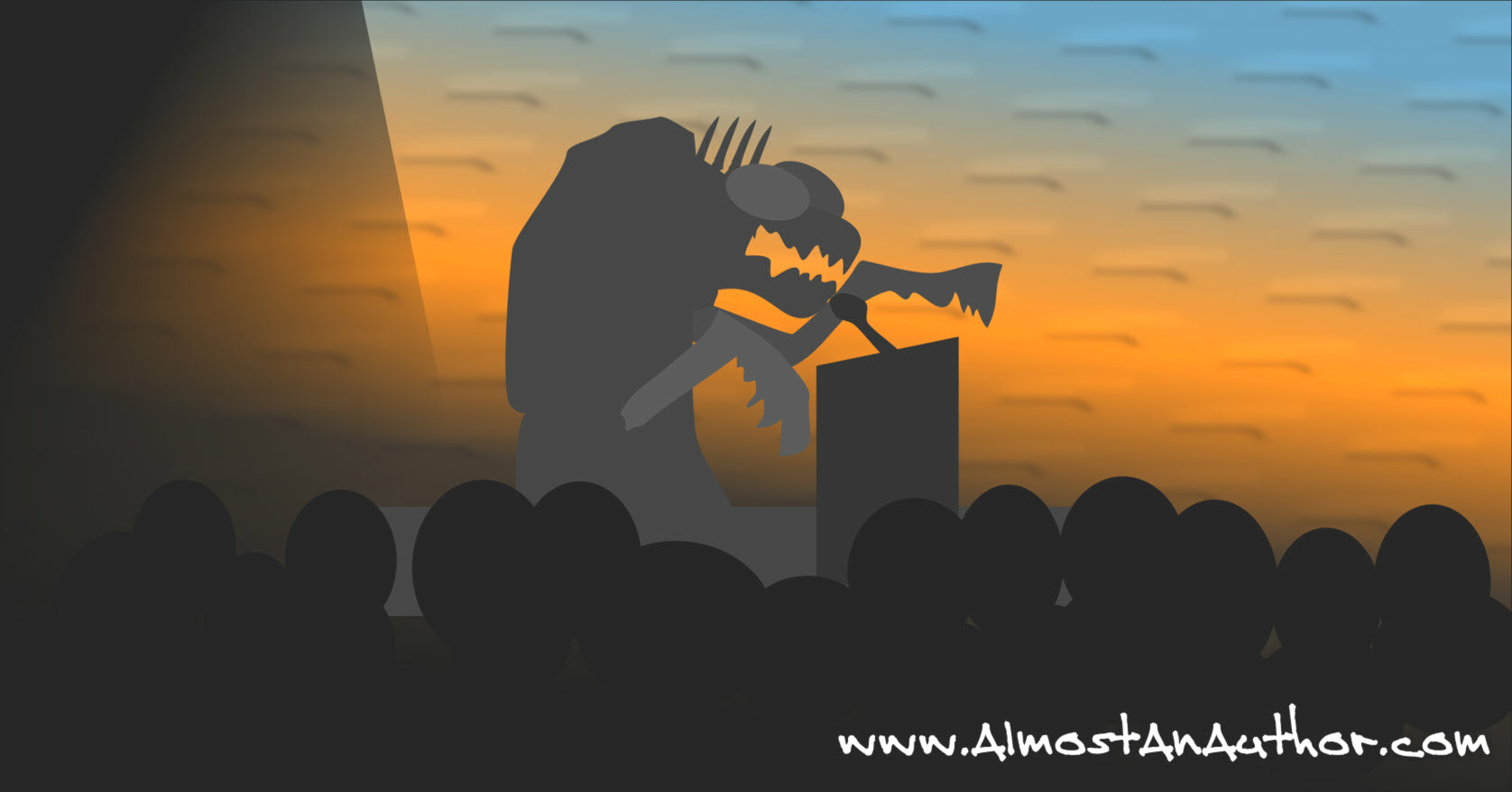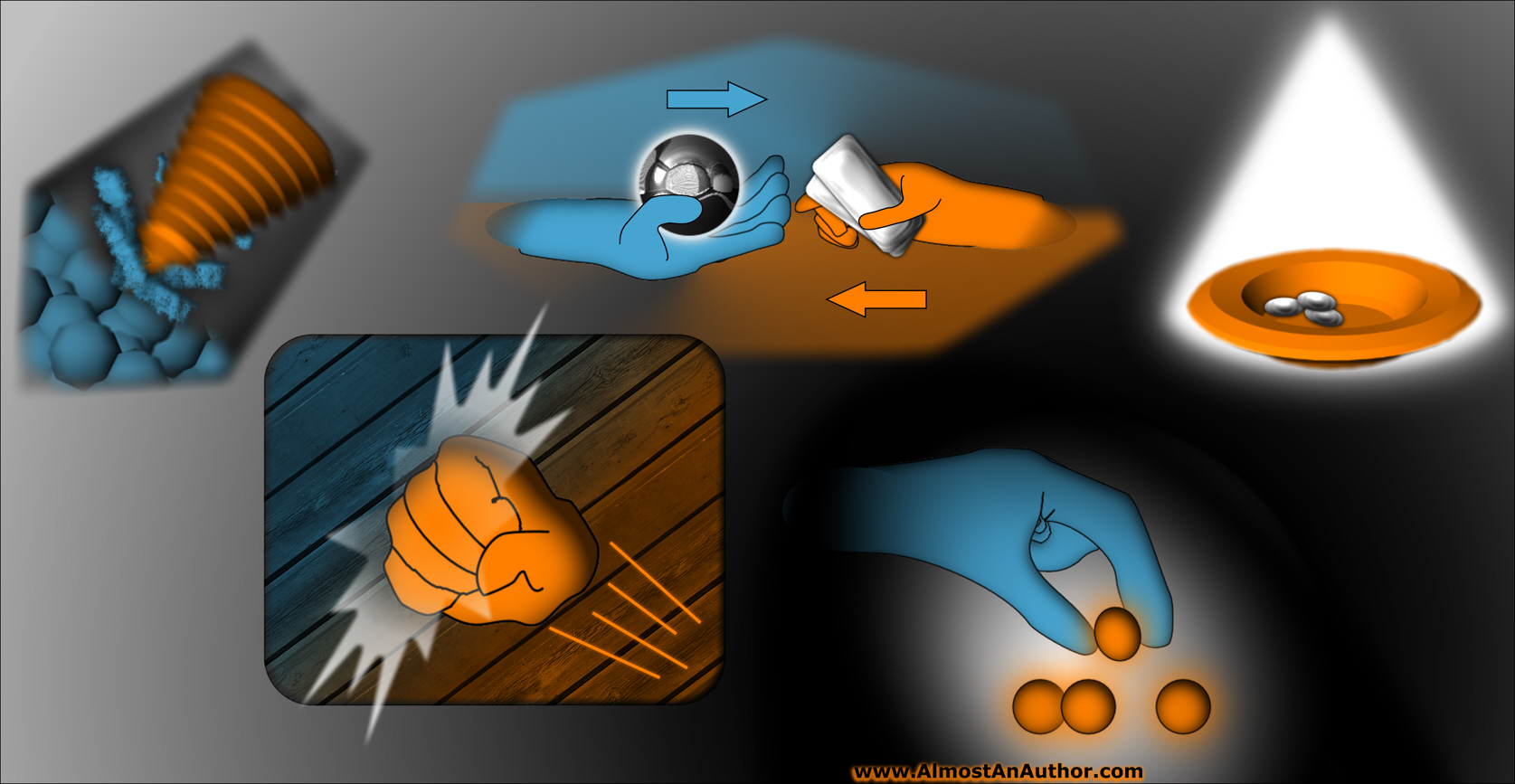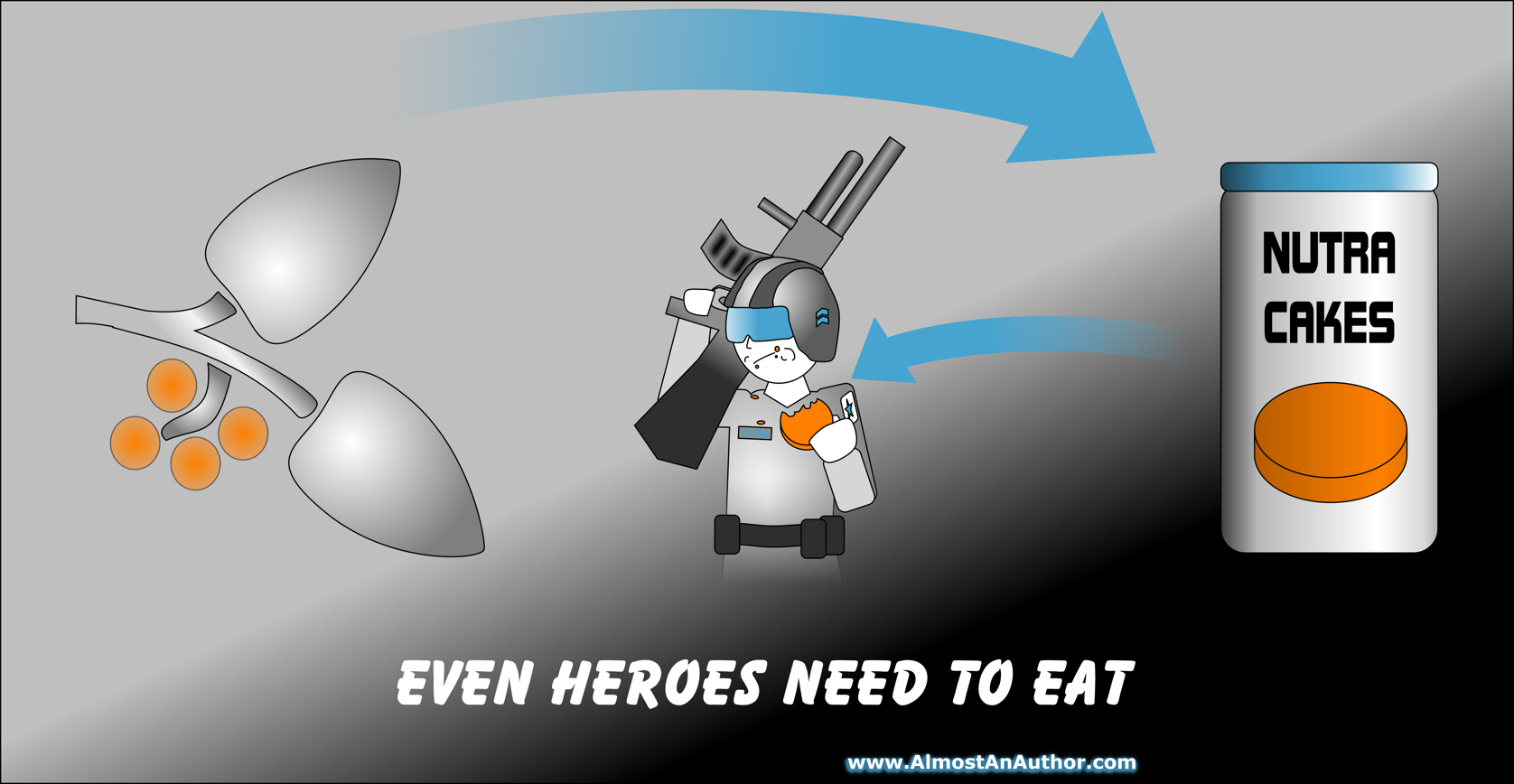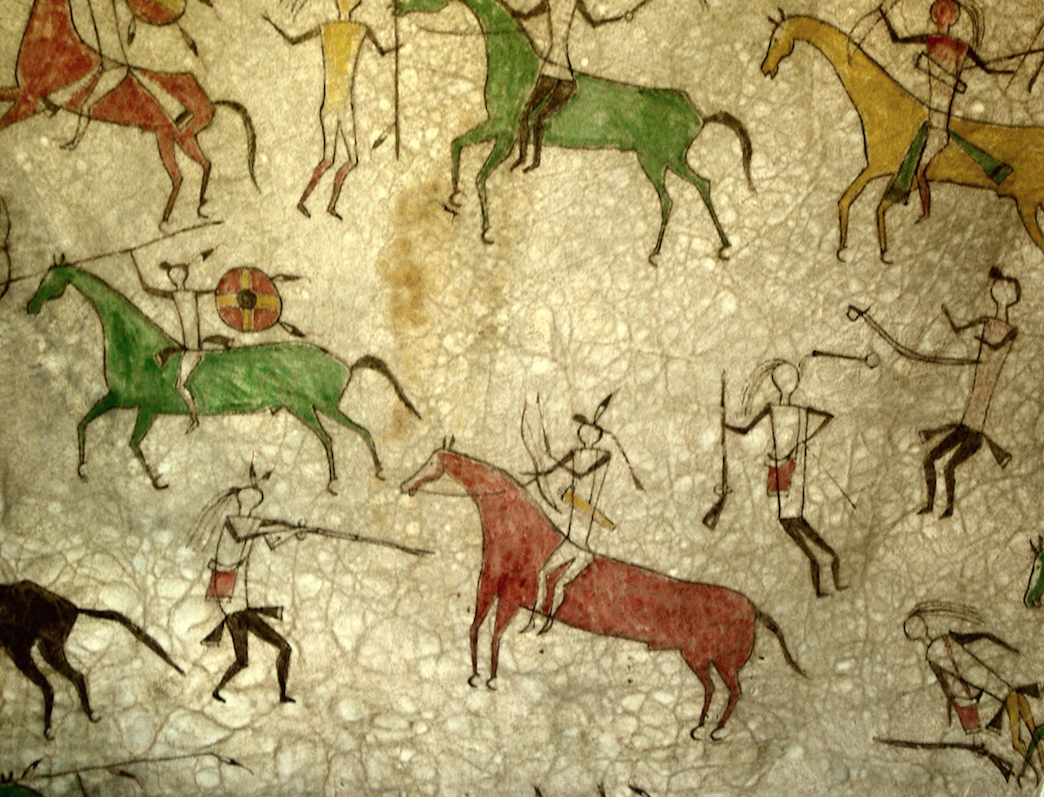
A Man with a Plan
Be strong and courageous, and do the work. Do not be afraid or discouraged, for the Lord God, my…
November 3, 2024
Be strong and courageous, and do the work. Do not be afraid or discouraged, for the Lord God, my…
November 3, 2024
The text came while my wife and I were traveling home from an out-of-town doctor’s appointment. “I’m doing a…
November 6, 2021
It can happen in an instant! That swell of energy that has your brain cells sparking like loose cable…
July 2, 2019
Most authors will hit a dry spell at some point in their career. Whether they consider it “writers block”…
November 7, 2018
It has been nearly Twenty-two years since I became disabled with a traumatic brain injury. Even so, I am…
May 29, 2018
Ideas on How to Blog How Often You Post Blogging takes consistent commitment. Whether you decide to blog once…
April 28, 2018
Where do you get your inspiration? For me, it can something as simple as a “what if” question to…
July 16, 2017
Magazine writing jobs sent straight to your inbox? Yes, it is true. I get them every morning. So how…
June 12, 2017
If you’ve never done an interview with someone else, the thought can be frightening. I want to take…
May 12, 2017
Jim held a gray spheroid up to the light. “So Doc, you’re saying the sex of this alien was…
February 13, 2017
The murmur of countless alien tongues subsided as the chairman of the interstellar council called for order. The delegates…
October 11, 2016
When writing a speculative fiction novel, determine what the things of value are in your world. Water, food, shelter-building resources,…
February 7, 2016
Regardless how fantastic the setting, the people in your book must treat their environment as commonplace. A character who…
November 28, 2015
What is it about a story that makes it compelling? Is it the characters? Is it the plot? Is…
August 17, 2015
Earlier, I posted about what fuels your ideas, and I used “Early Edition” as one of my ideas. Someday…
July 17, 2015
We’ve all heard the cliche, “Content is King.” The power of blogging depends on meaningful content. With the increasing numbers…
June 25, 2015